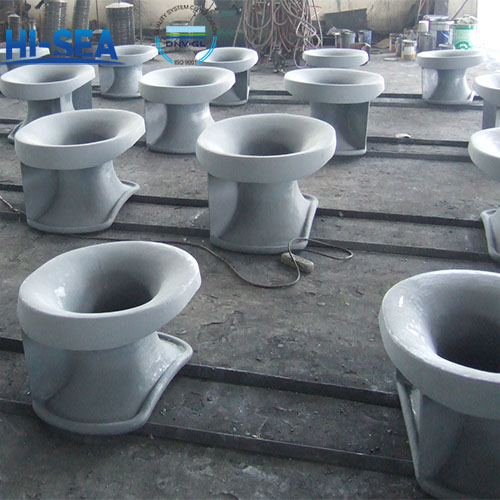
The Process of Chock Fabrication
Marine chock fabrication involves several steps to ensure that these critical components meet the necessary strength and durability requirements for maritime applications. Marine chocks are used to guide and secure mooring lines, so they must be robust and corrosion-resistant.
Overview
Molding and Casting:
Material Selection: Common materials include cast steel, stainless steel
Mold Preparation: Molds are prepared using sand casting or other suitable casting methods. The mold must accurately reflect the pattern's dimensions and details.
Casting: Molten metal is poured into the mold to form the chock. The casting process must be controlled to prevent defects such as air bubbles or inclusions.
Cooling: The cast chock is allowed to cool and solidify. Cooling rates are controlled to prevent warping and internal stresses.
Cleaning and Finishing:
Surface Cleaning: The cast chock is cleaned to remove any remaining mold material, slag, or other impurities. This can be done through sandblasting, or other methods.
Heat Treatment:
Heat Treatment Process: The chock may undergo heat treatment to enhance its mechanical properties, such as toughness and hardness. This involves heating the chock to a specific temperature and then cooling it at a controlled rate.
Quality Control and Testing:
Inspection: The chock is inspected for dimensional accuracy, surface finish, and structural integrity. This may include visual inspections, dimensional checks
Load Testing: In some cases, chocks undergo load testing to ensure they can handle the expected operational loads.





